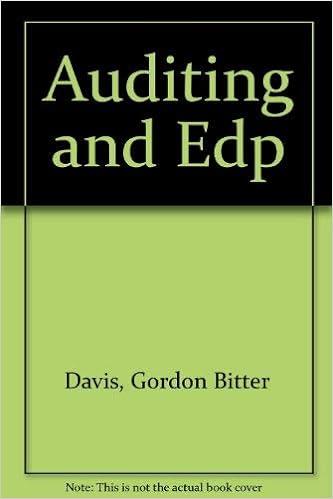

1 Problem 4 2 3 A business operated at 100% of capacity during its first month and provided following information: 4 Number of units produced: 5,000 units 5 Production costs (5,000 units): $ 6 Direct materials $70,000 Pin 7 Direct labor 20,000 Variana 8 Variable factory overhead 10,000 9 Fixed factory overhead 2,000 $102,000 10 Operating expenses: 11 Variable operating expenses $17,000 12 Fixed operating expenses 1,000 18,000 13 14 1,000 units remain unsold at the end of the month and sales total $150,000 for the month. 15 16 Required: 17 Calculate: 18 A. Income from operations and Ending inventory under the Absorption costing. 19 B. Income from operations and Ending inventory under the Variable costing. 20 C. Explain the difference in income under the two costing systems. 21 22 Solution: 23 A. Absorption costing 24 Product costs per unit Prodi $20.40 per unit $ 25 Sales Sales $150,000 coes 26 COGS $81,600 27 Gross profit 2 Croce $68,400 28 Operating expenses $18,000 29 Income from operations $50,400 Siddique, Salina: NI - Sales - COGS - Operating expenses 30 31 Ending inventory $20,400.00 Siddique, Salina: Ending inventory Product cost/unit x # of ending inventory 22 quer 29 Income tro operations $50,400 NI - Sales - COGS - Operating expenses 30 31 Ending inventory $20,400.00 Siddique, Salina: Ending inventory - Product cost/unit x # of ending inventory 32 33 A. Variable costing 34 Product costs per unit $20.00 per unit 35 Sales $150,000 36 Total variable costs (VCOGS + VSA) $97,000 37 Contribution margin $53,000 38 Total fixed costs (Fixed OH + FSA) $3,000 Siddique, Salina: 39 Income from operations $50,000 NI Sales - TVC - TFC 40 41 Ending inventory $20,000 42 43 C. 44 Answer: 45 The Absorption costing income is $400 more than the variable costing income, 46 because this $400 represents the Fixed factory overhead which is tied to the 1,000 47 units of ending inventory and hence not expensed in the income statement. 48 Calculation: Fixed factory overhead per unit = $2,000/5,000 units = $0.40 per unit to the Fixed 49 FOH tied to the ending inventory = $0.40 x 1,000 units = $400. 50 51 52








